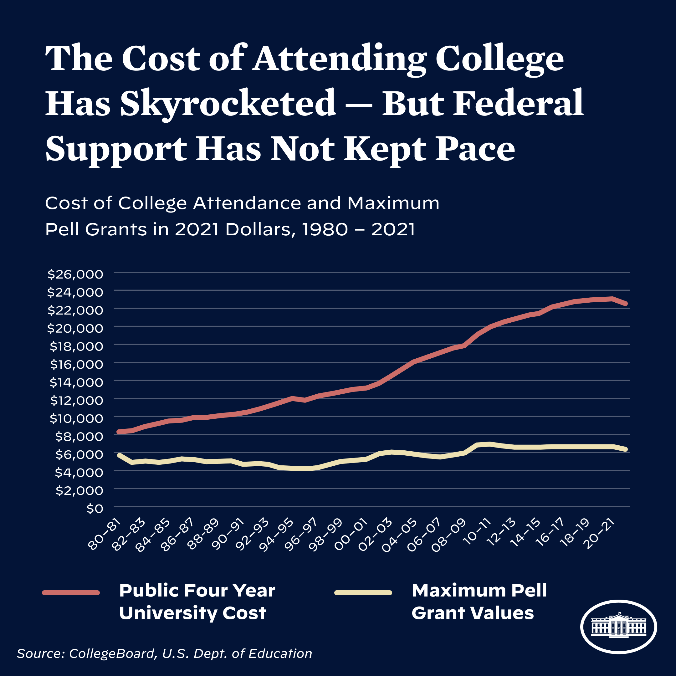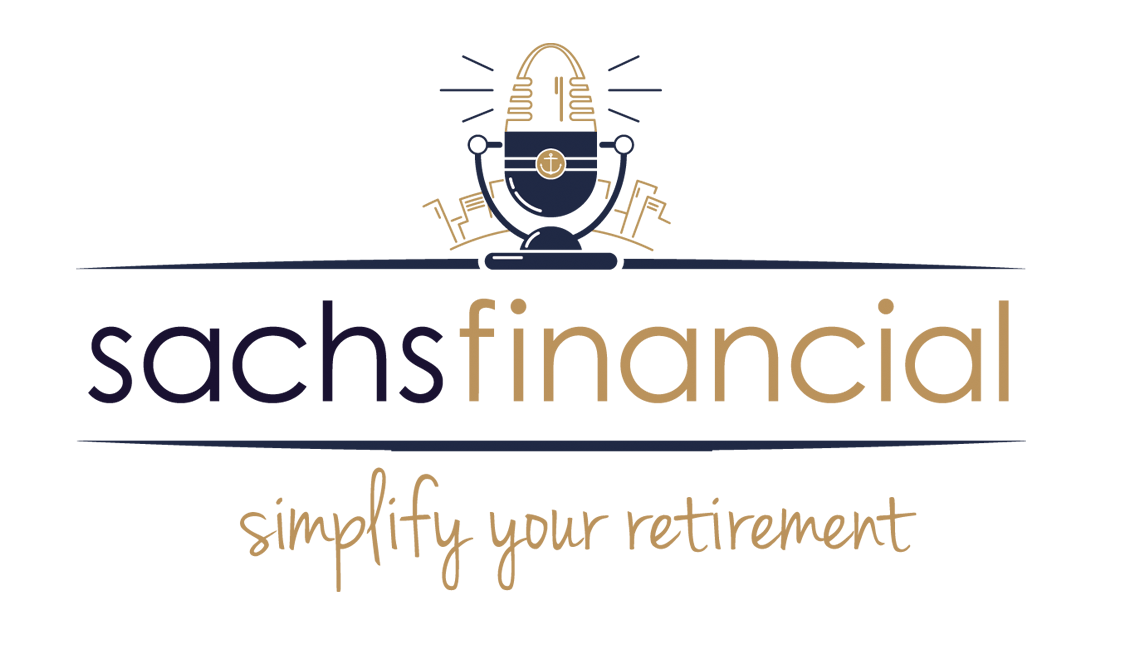Student Loan Relief: The good, the Bad, The Ugly – and How you get the good
We can all agree that college tuition costs are growing at a fast rate. Some of us might look at what we paid for all four years of college and see that it’s now what some are paying for just one year. The Biden administration stepped in to try and offer some immediate relief and bring those costs under control. Love it or hate it, and putting politics aside, the Biden administration kept true to a campaign promise to reduce and/or eliminate student debt for some, to put controls in place to stem the cost, and also to make it easier for those working in non-profit organizations to apply for total forgiveness of student debt.

There are so many other reasons to have life insurance as part of your retirement plan. However, the original reason is sometimes the best. Do you want to create a legacy and leave something behind to help your family members reach their own financial goals? From a single life policy to a survivorship policy, life insurance is one of the best and most affordable ways to make that happen.
If you’re not sure how much you need or what your family could use it for, start by calculating a coverage amount with our life insurance calculator.



